Inside the Moroccan Hammam: Where Women Feel Free to Disrobe
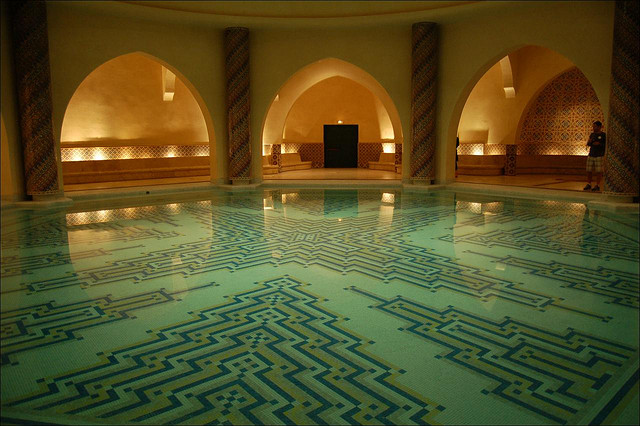
In the centre of Essaouira’s medina at the end of a long and narrow pathway lined with brightly coloured woven carpets and cats lounging in the shade you come to Hammam de la Kasbah, a traditional, female-only Moroccan hammam where I was to experience my very first Moroccan communal bathing ritual.
Situated on Morroco’s west coast, Essaouira offers a unique and more laid back experience than many other Moroccan cities, and the famous winds (Essaouira is often referred to as the wind city) provide respite from the intense heat. I stayed in a small studio apartment in the Jewish quarter of the medina for two weeks with a roof terrace giving tranquil views of the skyline, often silhouetted against dramatic pink sunsets and the resounding calls to prayer.
Here women are freer than in any other public establishment and can bathe and socialize unselfconsciously, liberal in their nudity.
Known by its Arabic name, the hammam is a public bath and a place of ritual weekly bathing. Hammams like the one I visited function in Moroccan society as a feminine social space; here women are freer than in any other public establishment and can bathe and socialize unselfconsciously, liberal in their nudity.
Indeed, in perhaps the first secular account by a woman of the Muslim Orient, Lady Mary Wortley Montagu described in 1717 the women’s baths in Sophia, Turkey. As ‘the Women’s coffee house, where all the news of the Town is told, Scandal invented, etc’.
Far from an exotic, orgiastic space the hammam provides an intimate social and family setting where Moroccan women are at ease with each other, touching and interacting with each other with pleasure. It is a complex and structured social act that functions far beyond that of bathing, and cannot possibly be accessed by a tourist in one or two trips. Even so, a visit to a hammam opens up possibilities of feminine social spaces outside the gaze of men.
Like many hammams, Hammam de la Kasbah does not advertise. It is hidden away at the end of Rue de Marrakesh. I paid a man at the entrance for a gommage and massage, and purchased an exfoliating glove, soap and shampoo. Since I was unfamiliar with the bathing ritual, I paid a little extra for a local woman to help me. I was led first into an open changing room, where my bikini was quickly undone for me by my masseuse.
Inside the Moroccan Hammam: Where Women Feel Free to Disrobe
I was then led into a low lit, arched steam room with naked women lounging across the floor; they sit or lie down in groups of twos or threes, scrubbing, massaging and bathing each other in languorous, sensuous abandon. It is normal to ask your neighbour near to you to rub olive soap into your back. Children also attend with their mothers and extended female family. The ofter splash and sit in buckets of warm water waiting to be bathed.
Firstly I was made to sit whilst my (thoroughly naked) hammam bathing companion applied ‘sabon bildi’ meaning ‘country soap’, a thick, dark brown jelly like soap, which was left to soak into my pores as I began to perspire.
Then the woman gestured for me to lie down on my front and back whilst I was vigorously scrubbed with a ‘kees’, a coarse mitt used for the gommage process, as I watched dead skin peel off my skin in spirals. Much of the process consisted of communicating through gestures, smiles and pointing.
After several more buckets of warm water were poured over me, and any remaining clothing thrown hastily aside, I was subjected to an intense massage with dark coloured mud, and my hair was washed with ‘rhasool’, a traditional shampoo made of hard, rock like pieces.
For women in Morocco the hammam can take 2 to 3 hours, and is a shared experience of talk, laughter and gossip; don’t be afraid to relax and participate in the experience.
Many local women bring their own rhasool, sabon bildi, kees and buckets for filling with warm water, which can be purchased cheaply in one of the apothecaries around the medina. However, for the full experience, I would recommend that you hire a local woman to assist you.
For women in Morocco the hammam can take 2 to 3 hours, and is a shared experience of talk, laughter and gossip; don’t be afraid to relax and participate in the experience.
When you leave the hammam, you might like to offer the traditional blessing that is said on leaving the hammam. The blessing goes b’sahahtik l’hammam’ which translates as ‘to the health of you and your bath.’ To which you might hear ‘Allah atik sahah.’ This mean, ‘God give you health.’ you will leave not only feeling glowing and rejuvenated, but having gained a fascinating glimpse into Moroccan female social life.
When you leave the hammam, you might like to offer the traditional blessing that is said on leaving the hammam. The blessing goes ‘b’sahahtik l’hammam’ which translates as ‘to the health of you and your bath
Hammam de la Kasbah, 7 Rue de Marrakesh, Essaouira
Directions: To reach Hammam de la Kasbah, enter the medina from the Place Prince Moulay El Hassan. Take a right at Rue Hajjali, left down Rue Sidi Mouhammed Ben Abdallah past the crepe vendors; it is located on your third right at the end of Rue de Marrakesh.
Price: Hammam 10dh, Gommage + Massage 60dh, Soap, glove and exfoliants 15dh. You may be expected to tip the woman for a massage. 10-20dh is reasonable, and be sure that the man at the door does not charge you more than the prices listed on the wall. You can also visit higher-end Moroccan hammams aimed at tourists. These often offer additional argan oil massages and varying water temperatures.
I found accommodation through Airbnb, which has great listings in Essaouira for renting studios and apartments cheaply.
Inside the Moroccan Hammam: Where Women Feel Free to Disrobe
Related Reading
10 Ways My Everyday Life in Morocco is Different than in the US
6 Tips for Surviving the Transportation in Morocco: Taking Rabat’s Tram at Rush Hour
Camels, Homestays, and Feasts: Four Days in Morocco
How I Deal with Harassment from Moroccan Men
Ramadan in Morocco: Golden Hour in the Gilded Age
Living in Morocco: 5 Months of Bargaining, Exploring, and Smiling
Have you traveled to Morocco? What were your impressions? Email us at editor@pinkpangea.com for information about sharing your experience and advice with the Pink Pangea community. We can’t wait to hear from you.
Inside the Moroccan Hammam: Where Women Feel Free to Disrobe photo credit: unsplash.


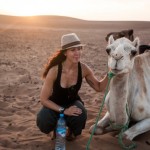

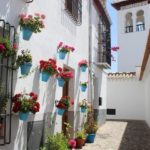


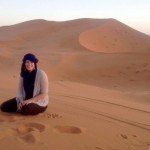
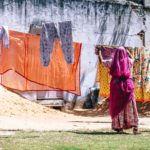
Thank you for this article. I love going to the onsen in Japan and it is interesting to hear about other cultures who also enjoy this ritual bathing time.
This is on my list of things to do.